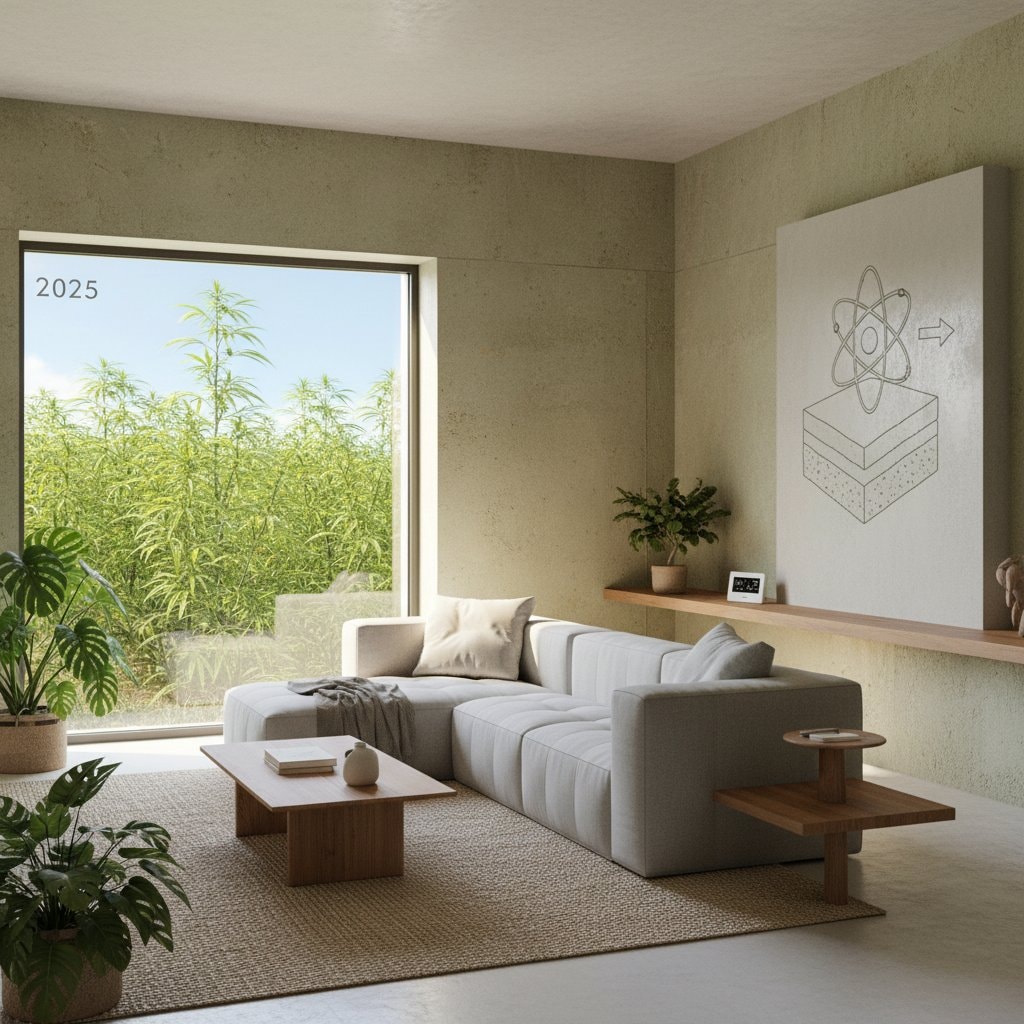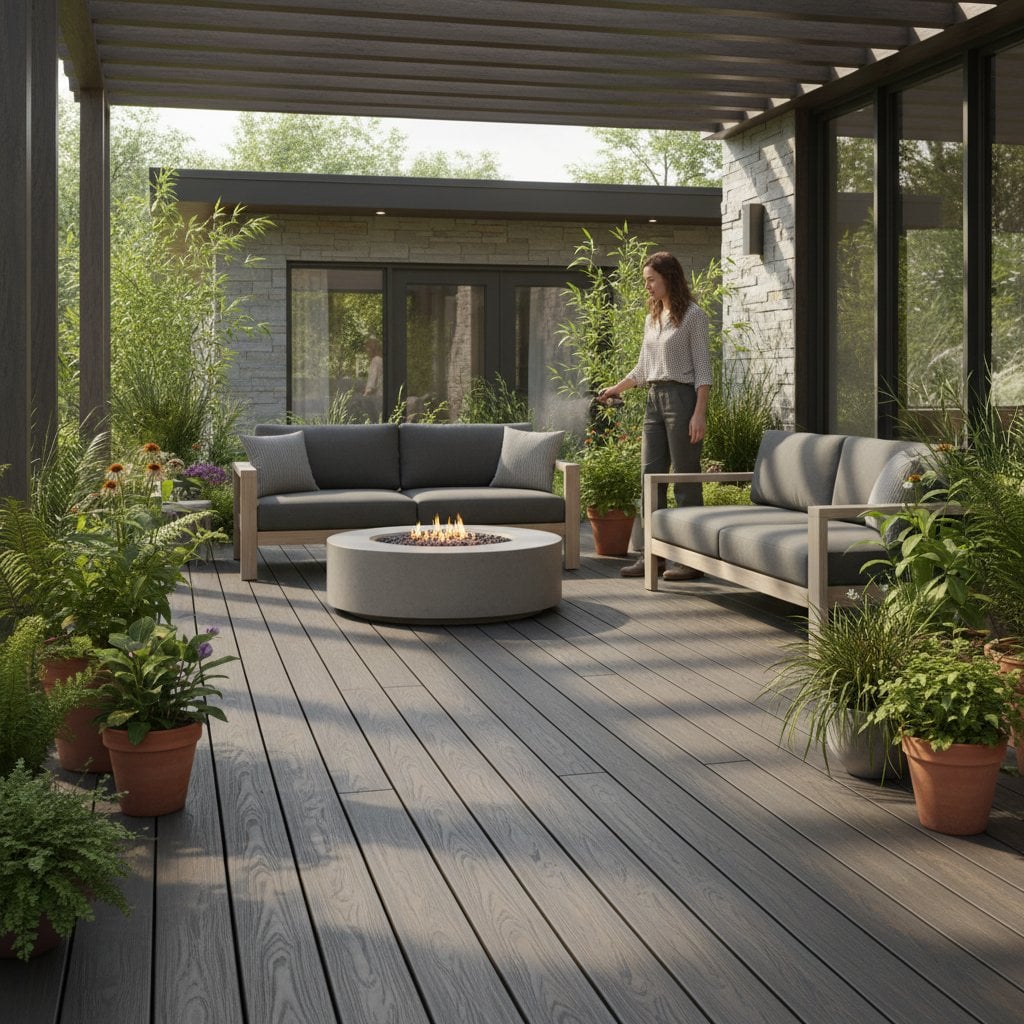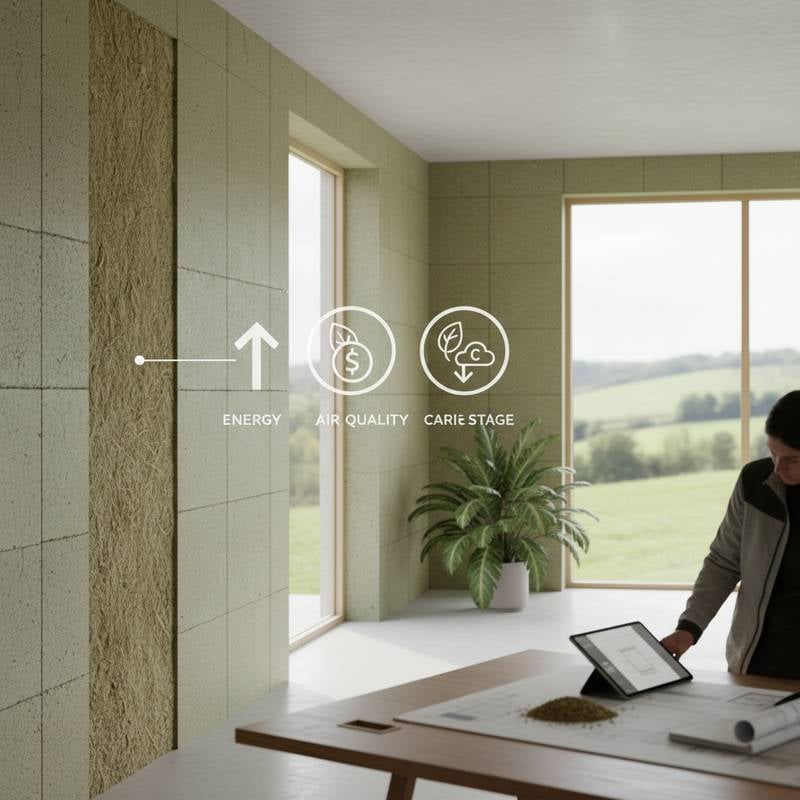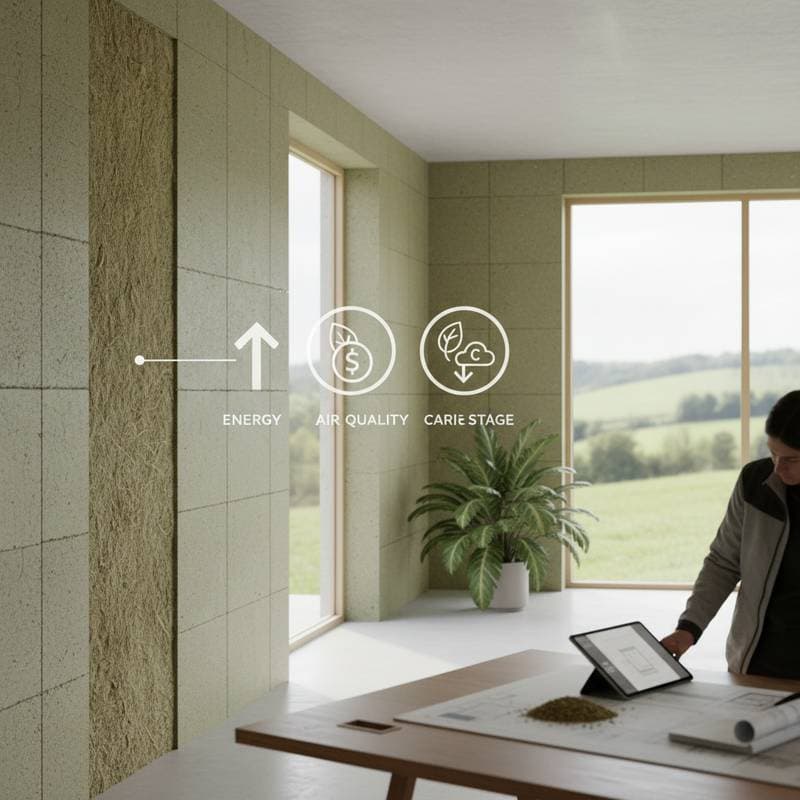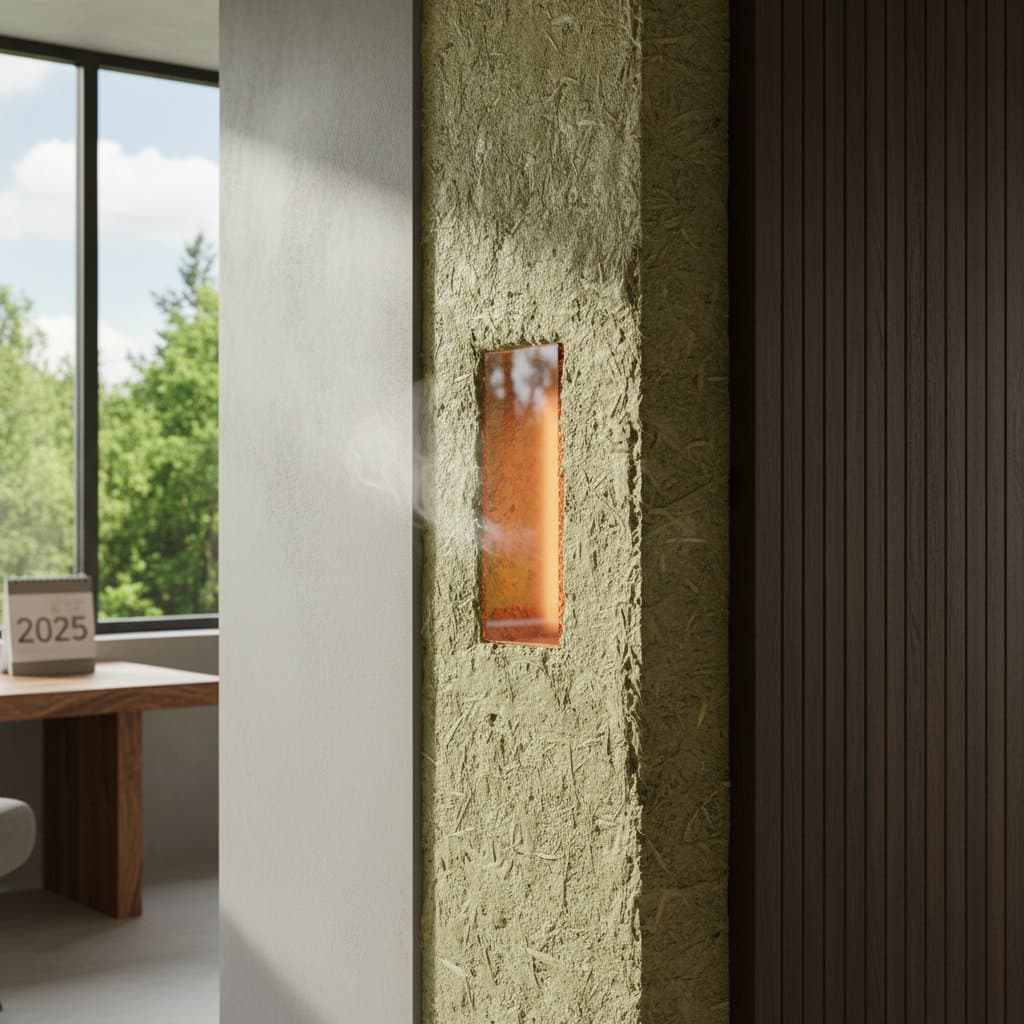Why Hempcrete Sequester Carbon and Insulates Homes
Green building professionals observe homeowners grappling with the challenge of aligning environmental priorities with practical construction needs. Individuals seek residences that promote natural comfort, facilitate easy airflow, and contribute to planetary health without excessive financial burden. Imagine entering a dwelling where walls maintain consistent temperatures throughout the year, air quality remains fresh, and an underlying system actively combats climate change through hempcrete.
In areas with elevated humidity, intense heat, or severe winters, conventional materials often struggle to sustain indoor comfort. Hempcrete excels in such environments by providing insulation and carbon sequestration, enabling sustainable living that aligns with broader climate initiatives.
Challenges of Conventional Building Materials
Standard construction elements like concrete and fiberglass insulation generate significant carbon emissions. Cement production contributes approximately eight percent to worldwide carbon output. When paired with suboptimal insulation, these materials result in structures that waste energy and increase expenses.
In climates prone to humidity or fluctuations, inadequate insulation elevates heating and cooling requirements by as much as 25 percent. This leads to elevated utility bills, intensified HVAC usage, and heightened emissions. No advanced air conditioning system can compensate for deficiencies in the building envelope itself.
Hempcrete as a Carbon-Sequestering Alternative
Hempcrete consists of a bio-based mixture from the hemp plant's inner woody core, lime, and water. Upon combining, these components create a porous, robust material that absorbs atmospheric carbon dioxide. During curing, the lime reacts with carbon dioxide, securing it within the structure.
Field experience demonstrates that hempcrete absorbs more carbon during its production and curing phases than it releases, resulting in a negative carbon footprint. This storage persists over the material's lifespan, offering enduring environmental advantages unmatched by most alternatives.
Hempcrete's Role in Thermal Regulation
Hempcrete functions as a permeable thermal barrier. Its cellular composition captures air, minimizing heat conduction and stabilizing internal temperatures. In hot conditions, it draws in surplus warmth; during cooler periods, it gradually emits stored heat. This inherent moderation reduces reliance on artificial climate control.
Managing Humidity and Improving Air Quality
Hempcrete absorbs and releases moisture to balance humidity levels, unlike synthetic options that retain water and foster mold. This process preserves structural integrity and enhances indoor environments. Residents often report naturally equilibrated air without additional humidity management tools.
Strategies to Optimize Hempcrete Performance
For projects incorporating hempcrete, thoughtful preparation ensures optimal results. Consider these approaches to enhance efficiency:
- Select an appropriate mixture proportion. Denser formulations suit colder regions, whereas lighter versions perform well in warm, moist climates.
- Permit adequate curing duration. The material requires weeks to carbonate fully and develop strength. Hastening this compromises insulation and sequestration capabilities.
- Apply protective finishes judiciously. Opt for permeable lime-based plasters over synthetic barriers to preserve moisture vapor transmission.
- Engage qualified installers. Hempcrete demands specialized methods distinct from conventional concrete work. Experts guarantee adherence to standards and sustained effectiveness.
- Combine with passive design elements. Incorporate southward orientations, heat-retaining floors, and vegetative shading to amplify energy conservation.
Economic and Ecological Benefits
Assess hempcrete for its dual fiscal and planetary merits. Initial investments may exceed traditional methods by 10 to 20 percent, yet savings accumulate over time.
Hempcrete-equipped homes reduce heating and cooling expenses by up to 50 percent. The material withstands pests, flames, and decay, minimizing upkeep costs across decades. It strengthens progressively by ongoing carbon absorption. Additionally, its breathable nature fosters superior indoor air, alleviating potential allergens.
Building consultant Laura Kim states, "Hempcrete's lifecycle advantages surpass basic insulation. Its carbon storage positions it as a vital element in future sustainable practices."
Navigating Regulations and Certifications
Hempcrete aligns with major green standards like LEED and local sustainability frameworks. Projects earn points for bio-materials, reduced embodied carbon, and better interior environments.
Verify regional building codes for natural composites. Typically, hempcrete serves as non-load-bearing infill in framed systems. Consult inspectors or engineers to affirm safety and conformity.
Key Factors for Homeowners
Hempcrete provides substantial benefits, though suitability varies. Evaluate these aspects prior to adoption:
- Cost estimates range from $130 to $180 per square foot for complete wall assemblies, influenced by regional labor and hemp supply.
- Build schedules extend by weeks due to mixing, application, and curing relative to conventional timelines.
- Sourcing hemp hurds depends on local availability; secure supplies in advance.
- DIY suits minor interior upgrades for skilled individuals, but comprehensive installations necessitate professional oversight.
Implementing Hempcrete in Your Project
To achieve a residence harmonized with natural cycles and carbon reduction, hempcrete presents a viable option. Start with an energy audit to pinpoint insulation shortcomings. Seek certified green specialists via trusted networks for tailored integration advice.
Professionals witness the satisfaction of clients in finished hempcrete spaces, where comfort prevails and environmental contributions endure. Success depends on assembling a competent team, honoring curing protocols, and balancing energy and ecological design.
Frequently Asked Questions
How much carbon does hempcrete sequester in an average home?
A medium-sized residence with hempcrete walls can lock away up to 10 tons of carbon during initial curing, based on thickness and composition. It absorbs additional quantities over time as it solidifies.
Is hempcrete suitable for all climates?
Yes, its adaptable properties handle diverse conditions, from arid to humid, though mix adjustments optimize performance.
What maintenance does hempcrete require?
Minimal; its resistance to common threats ensures low upkeep, with periodic inspections for plaster integrity.
